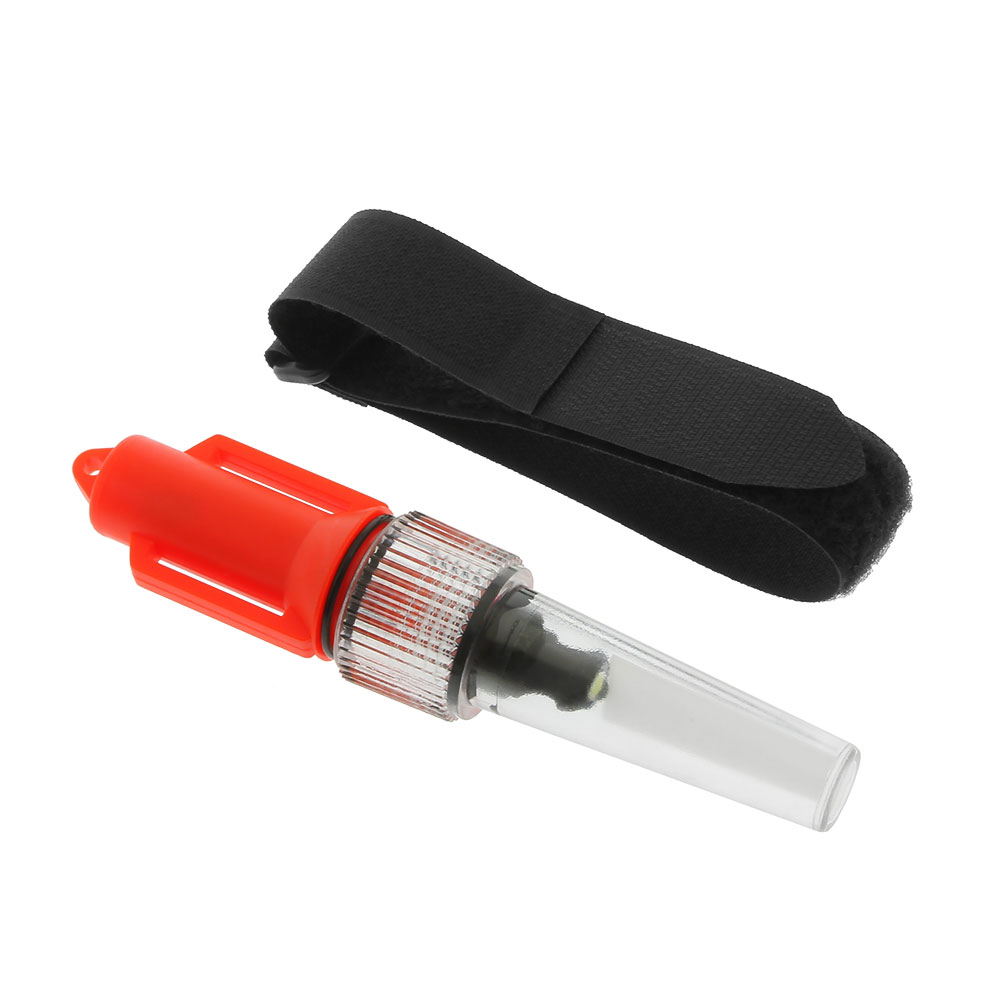When I was in Brunei we had flares. I think they were " borrowed" from Brunei Shell and were brought on night dives. Only one was ever used when we drifted away in a current and could not get back to the boat.
Dody works in the oil industry so I am surprised he would not know about waterproof flares. My Big Blue Video lights have the emergency light signal beacon and there are underwater strobes that blink which can been seen from far away in the dark of night. The batteries on the big blues last hours on low power. My dive torch is good for around 90 minutes if left on.
I can't wait to see a trip report from Dody with getting lost on a day dive and was rescued at night. He will get lucky and some fishing trawler will find him.
Emergency flares can get wet, either from humidity, rain, or after being submerged. The worst-case scenario is you try and fire a flare, only to discover

survivalfreedom.com
I think it would be really cool to have an underwater flare for night diving. Do these things even exist? Well, I know they exist because I've seen the underwater olympic torch. That thing uses an underwater flare inside of it. Does anyone here have any experience with these? Can I buy an...

scubaboard.com





